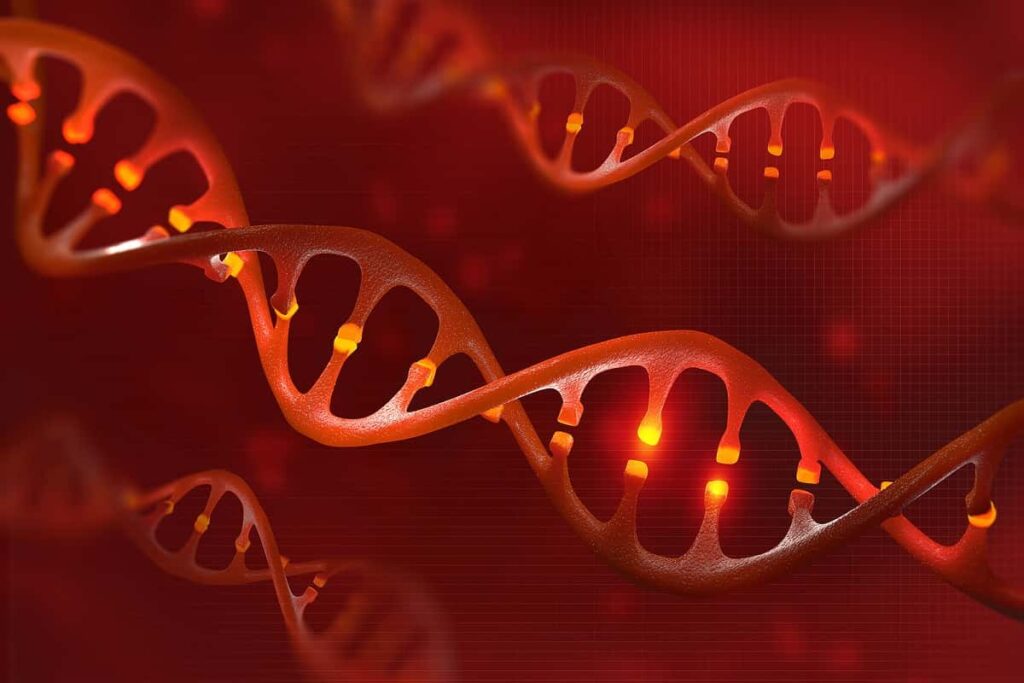Gene-Editing AgTech Startup for Growing Better Food
Table of contents

People often talk about food as the great unifier across cultures and peoples, even European football fans. But that’s really a load of bollocks, innit, bruv? In our current age of yin-yang dystopia, food itself can be divisive. One of Canada’s most well-known national treasures, poutine, has created internal strife over who owns the rights to this masterpiece (Quebec, of course!) and whether anything beyond fries, cheese curds, and brown gravy is simply hipster-inspired blasphemy. A similarly spirited debate continues on the evolution of food itself. Alternative proteins created through fermentation technologies, animal cells, plain old plants, and even straight out of thin air have been the headline-leading trend over the last few years. But gene-edited food is coming. Will anyone eat it? A startup out of Durham, North Carolina just landed $90 million, so someone thinks so.
Gene Editing Versus GMO
Most of us probably eat a diet consisting of 70% processed corn that’s got a 90% chance of being genetically modified, so what’s the big deal at this point? The difference, of course, is in the new technology that’s being developed to genetically engineer foods today – synthetic biology. FrankenFood 1.0 was about swapping out a bit of genetic code from one species to another to provide more drought- or pest-resistant crops, for example. This little transgenic swap creates genetically modified organisms (GMOs), which get a bigger bum rap than MSG. Most corn and soybeans in the United States are GMOs. You can now also buy GMO salmon, a different kind of alternative seafood, thanks to a company called AquaBounty (AQB) that spent decades trying to get its fish to market due to consumer resistance.

New gene-editing techniques like CRISPR tweak the original genetic code of a species using natural molecular tools. In effect, the technology allows humans to redirect an organism’s evolution in order to express a desirable trait or maybe suppress a previous weakness. The markets for this type of gene editing in sectors like healthcare and food are pretty immature. Most of the big publicly traded gene-editing companies are actually focused on a wide range of therapies to treat human disease, so lots in the drug pipeline but generally limited revenue. The pickings for investing in gene-editing stocks are even more meager when it comes to FrankenFood 2.0. Gene-editing agtech Calyxt (CLXT), for example, has essentially returned a net zero-sum gain for retail investors since it IPO’d in July 2017, though its stock has shot up more than 150% year to date. Of course, it’s only February.
Gene-Editing AgTech Startup
That brings us to Pairwise Plants out of North Carolina. Founded in 2017, the startup raised $90 million this month in a Series B led by a venture capital firm called Pontifax AgTech, which as the name implies, has a portfolio dominated by agtech companies like Pairwise. The venture arm of Bayer, dubbed Leaps by Bayer, also participated in the round. Another familiar name, Monsanto, had contributed to a $25 million Series A back in March 2018 shortly before the company was acquired by Bayer (BAYN.DE). So obviously there’s an established relationship between Pairwise and Bayer’s agricultural division. More on that shortly. Total funding for those not keeping count is $115 million.
Pairwise licensed CRISPR gene-editing tools in 2019 from some of the foundational institutes behind the technology, including Massachusetts General Hospital and the Broad Institute of MIT, and Harvard. This is the same coalition behind the intellectual property that powers the first gene-editing company to IPO, Editas (EDIT). Not surprisingly, each of the startup’s three scientific co-founders have various connections to the above institutes. For example, Dr. David Liu is a professor at Harvard who pioneered a new form of gene editing. Meanwhile, Dr. J. Keith Joung is a pathologist at Mass General who also holds a professorship at Harvard. And Dr. Feng Zhang holds jobs at both the Broad Institute and Harvard.
Partnerships for Produce
These big brains have a big goal: To create more nutritious, flavorful food for the masses. As we know, the planet will be overrun by 10 billion people by 2050, so naturally, we need new ways to develop tastier greens, berries, cherries, and other foods. Toward that goal, Pairwise employs CRISPR to tweak things like taste or even remove undesirable traits, like tooth-cracking pits in a cherry. First up is commercialization of a new type of leafy green that is as nutritious as kale but that people will actually want to eat, according to a story in AgFunderNews. Also on the menu is a new type of blackberry that grows year-round without thorns or seeds, along with a pitless cherry.

The company isn’t going it alone. Probably its most important (or at least lucrative) partnership is with Bayer Crop Science thanks to a $100 million collaboration Pairwise originally inked with Monsanto. That work involves bringing Pairwise’s new gene-editing tools to staples like corn, soybeans, wheat, canola, and cotton. The goal is to boost things like productivity and sustainability in these crops.
In 2019, Pairwise scored a partnership with the U.S. Department of Agriculture, several universities, and Plant Sciences Inc. (PSI), an agricultural research company, to study various berry species to identify natural variation for future breeding and gene-editing opportunities. The two-year research project is studying more than 300 unique species. Apparently, the research has already borne fruit: Pairwise is working with PSI on that fancy new type of blackberry.
Conclusion
Pairwise has grown to about 100 employees since it was founded just a few years ago. While the retail produce market is obviously huge – $66 billion, according to an unsourced figure from Pairwise – it would appear that the North Carolina company is mainly looking at commercializing specialty products outside of its collaboration with Bayer. It’s a similar market targeted by vertical farming companies or other types of indoor agriculture operations that are producing microgreens for overpriced avocado toast. That may feed the bottom line, but it is not going to feed the world.
Sign up to our newsletter to get more of our great research delivered straight to your inbox!
Nanalyze Weekly includes useful insights written by our team of underpaid MBAs, research on new disruptive technology stocks flying under the radar, and summaries of our recent research. Always 100% free.















